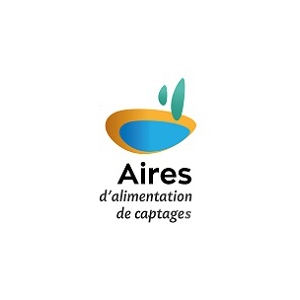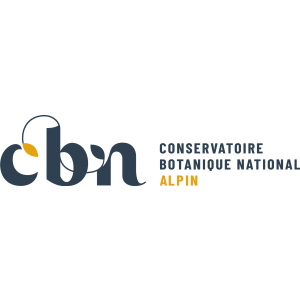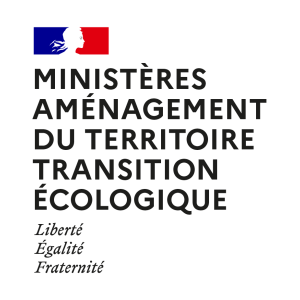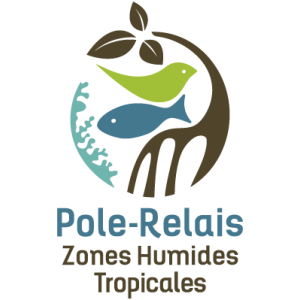
Document généré le 24/12/2025 depuis l'adresse: https://www.documentation.eauetbiodiversite.fr/fr/notice/modelling-the-effect-of-marine-protected-areas-on-the-population-of-skipjack-tuna-in-the-indian-ocean
Modelling the effect of marine protected areas on the population of skipjack tuna in the Indian Ocean
Titre alternatif
Producteur
Contributeur(s)
EDP Sciences
Identifiant documentaire
10-dkey/10.1051/alr/2012032
Identifiant OAI
oai:edpsciences.org:dkey/10.1051/alr/2012032
Auteur(s):
Sibylle Dueri,Olivier Maury
Mots clés
Marine reserves
Fishery scenarios
Fishery management
Tropical tuna
Chagos MPA
Date de publication
19/12/2012
Date de création
Date de modification
Date d'acceptation du document
Date de dépôt légal
Langue
en
Thème
Type de ressource
Source
https://doi.org/10.1051/alr/2012032
Droits de réutilisation
Région
Département
Commune
Description
The benefits of implementing no-take Marine Protected Areas (MPAs) for the conservation
of highly migratory species are not easy to assess. They depend on several factors, such
as the fish mobility, fisher behaviour and the area covered by the MPA with respect to the
distribution area of the species to protect. In this study, we explore the simultaneous
effects of MPAs and fishing scenarios on skipjack tuna population dynamics, using the
spatially-explicit APECOSM-E model. The model represents the size-structured population
dynamics of skipjack tuna in the Indian Ocean and their dependence on climatic variability
and exploitation by fisheries. Numerical experiments were run from the beginning of
industrial fisheries in the early 1980s to the year 2030, considering different scenarios
for the future development of fisheries. These scenarios combined different trends in
fishing effort and technological development, either assuming a continuous increase
following historical trends or a stabilization of these factors at present values. The
simulations were designed to explore the effects of two MPAs of different size and
location: the recently established Chagos MPA, and a hypothetical MPA covering a large
part of the Western Indian Ocean, where most of the skipjack catches are presently made.
We modelled the redistribution of fishing effort around the MPAs assuming that the fishers
had partial knowledge of the spatial distribution of the skipjack population. The effects
of the two MPAs on the population dynamics, catch and fishing mortality are shown. Our
results revealed a very minor effect of the Chagos MPA on the skipjack tuna population,
while the Western Indian Ocean MPA had an important impact on the fishing mortality and
succeeded in stabilizing the spawning population. The simulations also showed that the
effect of an MPA depends on the evolution of fisheries and it is therefore important to
explore different fishery scenarios to assess the future benefits of an MPA.
Accès aux documents
0
Consultations
0
Téléchargements






























